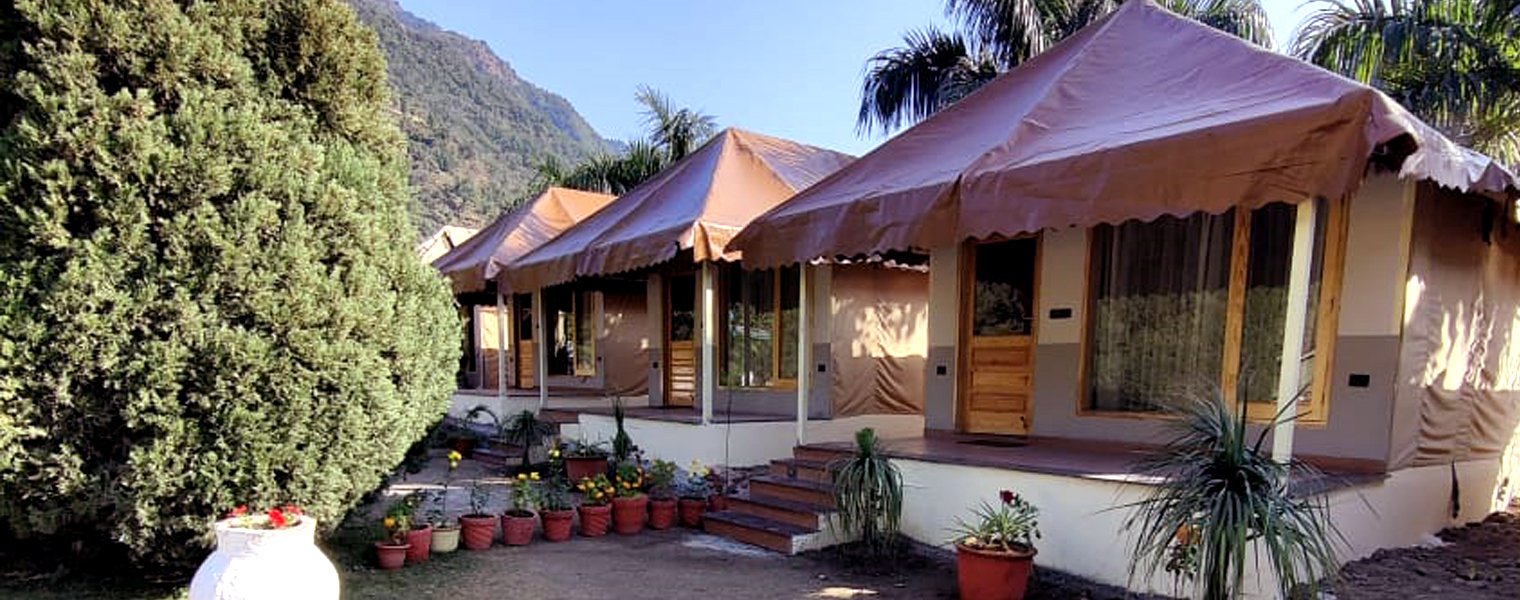Introduction
Vaishno Devi, one of India’s most revered pilgrimage sites, attracts millions of devotees every year. Nestled in the Trikuta Mountains of Jammu and Kashmir, the Vaishno Devi Bhawan—the sacred cave temple dedicated to Goddess Vaishnavi—is located at an altitude of about 5,200 feet. Before embarking on this spiritual journey, understanding the Vaishno Devi Bhawan temperature is essential to ensure a comfortable and safe yatra. This article provides a detailed overview of the temperature throughout the year, tips for travelers, and advice on what to expect.
Understanding Vaishno Devi Bhawan Temperature Throughout the Year
The Vaishno Devi Bhawan temperature varies significantly with the seasons, mainly due to its high-altitude location. Here’s what you can expect during different parts of the year:
1. Summer (April to June)
Summer is considered one of the best times to visit Vaishno Devi. The weather remains quite pleasant, making the pilgrimage relatively easier for devotees.
- Temperature Range: 15°C to 30°C
- Conditions: Mild days and slightly cooler nights.
- Tips: Light woolens or a jacket are recommended for the evenings, especially at the Bhawan, where it gets cooler compared to Katra.
2. Monsoon (July to September)
The monsoon season brings heavy rainfall to the region, making the trekking paths slippery and somewhat challenging.
- Temperature Range: 16°C to 28°C
- Conditions: Frequent rain showers, high humidity, and occasional landslides in the region.
- Tips: Carry raincoats, waterproof shoes, and check weather alerts before starting your journey. Always keep extra dry clothes.
3. Autumn (October to November)
This is another favorable time to visit, with the post-monsoon freshness in the air and relatively stable weather conditions.
- Temperature Range: 10°C to 20°C
- Conditions: Cool and crisp weather, perfect for trekking.
- Tips: Pack warm clothing as temperatures drop sharply at night near the Bhawan.
4. Winter (December to March)
Winters at Vaishno Devi are harsh and extremely cold. Snowfall is common, especially from January onwards, creating a beautiful but challenging environment.
- Temperature Range: -5°C to 10°C
- Conditions: Snow-covered paths, freezing temperatures, and biting winds.
- Tips: Heavy woolens, thermal wear, gloves, and sturdy shoes are a must. Some pilgrims might find the journey tougher during heavy snowfall.
Why Checking Vaishno Devi Bhawan Temperature Matters
The pilgrimage to Vaishno Devi involves trekking distances of about 12 to 14 kilometers. Given the strenuous nature of the journey, knowing the Vaishno Devi Bhawan temperature helps devotees prepare properly—whether it’s carrying the right clothes, food, or simply being mentally prepared for the conditions.
Besides physical preparation, understanding weather conditions helps you avoid times of heavy snowfall, rain-induced landslides, or extreme heat, ensuring a smoother, safer darshan.
Best Time to Visit Based on Temperature
While the shrine remains open throughout the year, most pilgrims prefer visiting between March to October, when the Vaishno Devi Bhawan temperature remains relatively moderate and the weather is more supportive. However, if you seek a more secluded and snowy experience, the winter months offer a serene and magical journey—ideal for the more adventurous devotees.
Important note: Always check the real-time Vaishno Devi Bhawan temperature before planning, as the weather can change rapidly in mountainous regions.
Tips for Pilgrims Based on Temperature
- Summer: Keep yourself hydrated and wear breathable fabrics. Sun caps and sunscreen are advisable.
- Monsoon: Use waterproof backpacks, and always carry spare socks and clothes.
- Autumn: Layered clothing helps, so you can adjust to daytime warmth and nighttime chill.
- Winter: Invest in good trekking shoes, and make sure your jackets are windproof and insulated.
Carrying essential medicines, energy bars, and personal first-aid kits is recommended irrespective of the season.
Real-Time Weather Updates and Online Resources
Several mobile applications and websites offer real-time updates on the Vaishno Devi Bhawan temperature. Before beginning your trek, it’s wise to check for any weather advisories, snowfall warnings, or travel alerts from the Shri Mata Vaishno Devi Shrine Board’s official website.
Additionally, weather conditions at Katra (the base camp) can differ significantly from those at Bhawan, so make sure you check the Bhawan-specific forecast rather than relying solely on Katra’s temperature.
Conclusion
The divine journey to Vaishno Devi is filled with devotion, endurance, and immense spiritual reward. Being aware of the Vaishno Devi Bhawan temperature ensures that you are better prepared to face the environmental challenges and focus wholeheartedly on your pilgrimage. Whether you prefer the warm summers, the misty monsoons, the crisp autumns, or the snowy winters, every season offers a unique and unforgettable experience.
Before setting out, take a moment to check the latest weather updates, pack wisely, and embark on your sacred journey with full faith and preparation. Mata Vaishno Devi blesses all who undertake this remarkable yatra, regardless of the season.















Leave a Reply